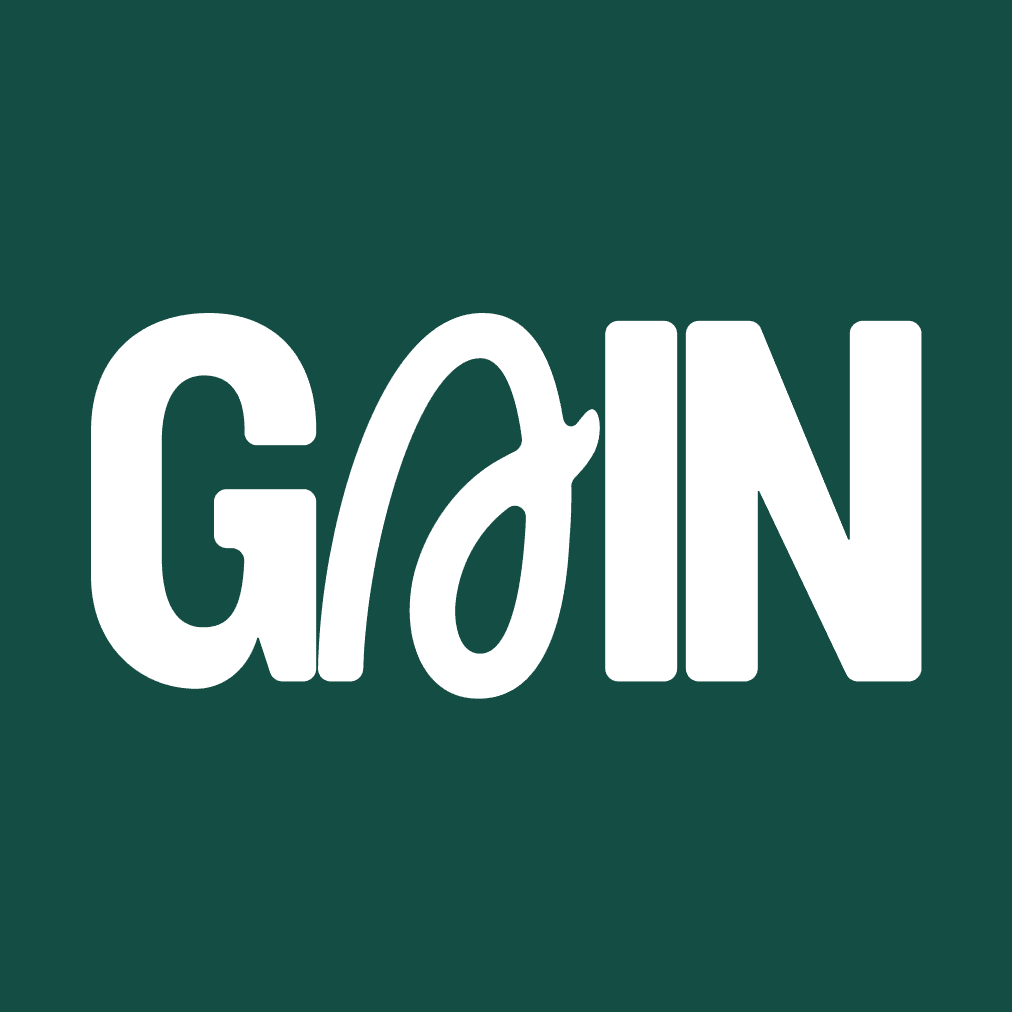Neil
“Crypto is not just about trading tokens, it’s part of a broader ethos of protecting freedom and privacy and keeping power in the hands of the little guy.”
- Vitalik Buterin, Ethereum Co-founder
When we set out on this path, the world of Web3 was still regarded by many as some speculative spree with volatile charts, overhyped tokens, and fleeting narratives. What few saw then was the underlying shift in economic architecture with the building of rails for a more open, permissionless, and programmable financial system.
As Chris Dixon of a16z famously put it, “The next big thing will start out looking like a toy.” In 2021-22, crypto looked like a toy to skeptics. But to builders, it was clear, that, this “toy” had the potential to underpin a new internet, one that is not defined by monopolies, but by shared infrastructure and distributed trust.
Choosing to build here wasn’t safe. It was risky. But in those early leaps, we learned that risk is the seed of resilience. Every protocol deployed, every validator onboarded, every dollar of TVL secured has been a test of conviction.
Today, as crypto adoption accelerates, with global crypto users surpassing 562 million in 2024 and institutional players like BlackRock and Fidelity driving ETF inflows, the vision we risked everything for is no longer fringe. It is becoming infrastructure.
And this brings us to the heart of our story, on how KelpDAO turned early leaps of faith into a strong and resilient foundation.
Crypto Altruism
When we began, few saw the courage it took to build infrastructure beneath the headlines. While noise circled prices and airdrops, we chose security over speed, resilience over hype. Today, we stand firm, not with numbers alone, but with foundations strong enough to carry the future of finance.
Kelp Takes Off
We launched Kelp to answer a simple yet radical question: why should restaking your ETH lock up your liquidity?
Through rsETH, we turned staked tokens into a liquid, reward-generating asset that moves freely across DeFi. In under a year, Kelp amassed $1.2B+ TVL, integrated with 50+ DeFi protocols, and serves 300,000+ restakers across 10+ L2s and EVM chains. That bold leap became a bedrock.
The Kernel Launch
The real test was building successful shared security infrastructure beyond Ethereum. . Kernel rose to that challenge on BNB Chain, targeting BNB, BTC, and reward-bearing assets like BNBx and SolvBTC.
In just 5 months, it pulled in $620M+ TVL, partnered with 25+ protocols, 20+ Distributed Validator Networks (DVNs), and 5 LRT protocols. Through Binance Launchpool, asBNB gave users added incentives, mixing rewards with accessibility.
Kernel is the air traffic controller for your assets choosing trusted validators, spreading risk, optimizing rewards, and automating routes across chains.
Binance Smart Chain remains one of the most active networks globally, processing 3x more daily transactions than Ethereum.

The Big Picture
Together, KernelDAO crosses the $2B threshold in TVL, uniting Kelp, Gain, and Kernel, into a powerful restaking ecosystem. It is a new grid for a new internet, powering apps, bridging capital, and securing protocols.
Gain is KernelDAO’s vault suite on Ethereum, managing $200M+ in assets with passive rewards, no lockups, and no rebalancing. Users earn through core vaults like hgETH and agETH, or diversify via partners like TAC and Movement. It’s the performance dashboard for restaking; track rewards, forecast returns, claim, and reinvest, all in one place. Soon stablecoin vaults and strategy suggestions will be in the suite.
Kelp is KernelDAO’s $1.8B+ liquid restaking layer, matching validators with AVSs like oracles, bridges, and sequencers. Built around rsETH, it routes capital across 50+ DeFi protocols while enforcing fair slashing, uptime, and payments. Think of it as the marketplace and engine of restaking, which is seamless, scalable, and protocol-aware.
Kernel is a $150M+ restaking infrastructure on BNB Chain that auto-restakes LSTs and LRTs like BNBx, USD1, SolvBTC across 25+ protocols, boosting rewards without manual validator selection.
At the core is $KERNEL, listed on Binance, Coinbase, and more. It drives governance, boosts validator rewards, and powers user incentives across the ecosystem.
“Web3 is not just about building applications, it’s about building a new internet.”
- Gavin Wood, Ethereum Co-founder

Tokenomics Rooted in Community
Our $KERNEL token wasn’t minted in a vacuum. Designed for governance, staking, and incentives, it’s built around the people who took the risk first.
Over 55% of supply is allocated to community rewards and airdrops, with multiple unlocks to sustain momentum. Already listed on Binance, Coinbase, Upbit, and MEXC, and supported by Kernel Points for early adopters, this is a token born from trust, not speculation.
A Messari report highlights that projects with majority community token allocations see 2.5x stronger retention versus those dominated by team/VC holdings.
Is Restaking Where the Story Ends? Absolutely Not.
Something’s stirring at the edges of KernelDAO. Restaking has proven resilient, but infrastructure, on its own, never moved the world. It’s what flows through it that changes everything.
The next frontier is no longer just on-chain. It’s where digital rails begin carrying weight from beyond the screen. Where reward-generation isn’t abstract, but grounded in value that you can touch.
We aren’t here to spill details just yet. But imagine capital that bridges markets once thought irreconcilable. Imagine DeFi breathing in rhythm with the real world. KernelDAO is moving closer. RWAs are no longer a question of if, perhaps, only when.
We're going after a market worth more than $200 Trillion.
It's invisible. Outdated. Untapped. Once built, it lasts for decades.

We took a leap where others hesitated. What started as risky architecture has grown into shared economic infrastructure.
As Vitalik put it, crypto isn’t just tools; it’s “the little guy” reclaiming power. KernelDAO is how we build that world with resilience, not hype. More on that very soon.
Sign up for more interesting blogs & updates




